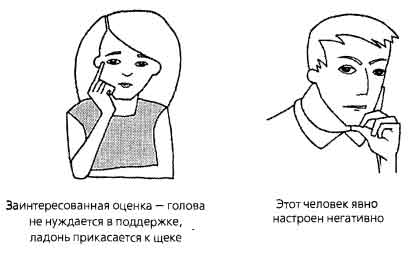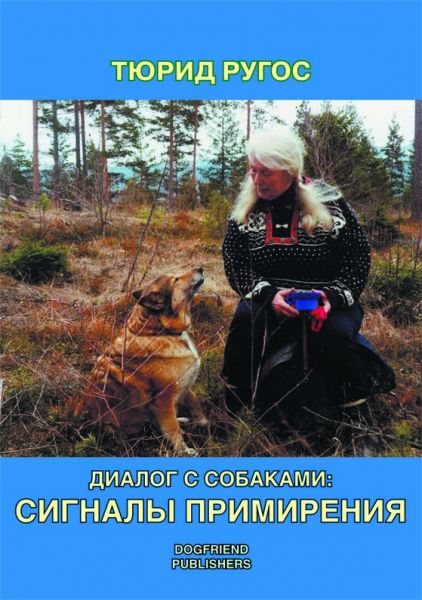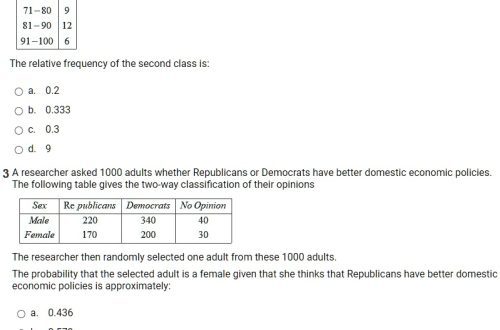
We read together. Turid Rugos “Dialogue with dogs: signals of reconciliation”
Today in our “Reading Together” section we review the book by the world-famous specialist, Norwegian dog trainer Tyurid Rugos “Dialogue with Dogs: Signals of Reconciliation”.

The book begins with the story of Vesla – “the most obnoxious dog”, in the words of the author. It was she who “taught” Turid Rugos that even if a dog has forgotten the language of its species, it can be taught again. And this revelation marked the beginning of the work of Turid Rugos and changed the style of her life.
Turid Rugos writes that signals of reconciliation are “life insurance”. Dogs, like their wolf ancestors, use these signals to prevent conflicts. Also, these signals help dogs to calm down, and therefore reduce stress levels. Finally, with the help of these signals, the dog speaks of his peaceful intentions and strikes up friendships with both relatives and people.
What are these signals? This is about 30 movements. Here is some of them:
- Yawn.
- Arc approach.
- Turning the head away from the “interlocutor”.
- Softening the look.
- Turn sideways or back.
- Nose licking.
- Sniffing the earth.
- Fading.
- Slow down, slow down.
- Game offerings.
- The dog sits down.
- The dog lies down.
- One dog separates the other two, standing between them.
- Tail wagging. However, other body signals must also be taken into account here.
- Trying to appear smaller.
- Licking another dog’s (or human’s) face.
- Squinted eyes.
- Raised paw.
- Smacking.
- And others.
These signals are often fleeting, so people must learn to notice and recognize them. In addition, dogs with different appearances use similar signals in different ways. But at the same time, any dog will understand the signals of reconciliation of both the other dog and the person.
To learn to “read” the signals of reconciliation of dogs, it is necessary to observe them. The more and more thoughtfully you observe, the better you understand these amazing animals.
Thurid Rugos also writes about what stress is, how it affects dogs, and how you can help your dog cope with stress.
If a person learns to use signals of reconciliation in communication with a dog, he will greatly facilitate her life. For example, when teaching a dog the “Sit” or “Lie down” commands, do not hang over the pet. Instead, you can sit on the ground or turn sideways to the dog.
Do not use a short leash and pull the leash.
Stroke your dog in slow motions.
Do not try to hug dogs, especially unfamiliar ones.
Remember that direct approach and outstretched hand can cause discomfort to the dog. Approach the dog in an arc.
Finally, Tyurid Rugos dwells on the well-known myth that a person should “achieve” a leadership position over a dog. But this is a harmful myth that has ruined the lives of many animals. A dog needs to be treated like a parent, and this is the most natural state of affairs. After all, the puppy trusts you and expects care from you. Training should be gradual.
To raise a balanced, good dog, the author is convinced, it is necessary to provide her with calmness and treat her in a friendly and patient way.
Remember: you always have a choice between aggression (punishment) and mutual understanding with your pet. If you want your dog to respect you, respect him.
About the author: Thurid Rugos is a Norwegian expert dog handler and President of the European Association of Dog Trainers, PDTE.





